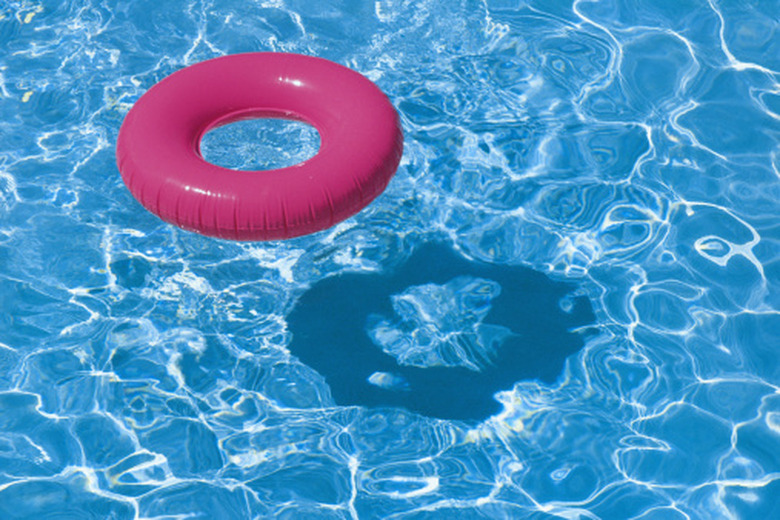How To Make Things Float In Water
Objects float when the volume of water they displace is less than the volume of the objects themselves. When objects sink, the volume of water they displace is greater than the volume of the object. The principle may seem relatively simple: Light objects float and heavy objects sink. However, you can make even heavy objects float by taking advantage of surface area and weight dispersal. Kids and adults alike can enjoy making even dense objects float like feathers.
Step 1
Place a five-gallon plastic tub inside a children's pool. This eliminates mess while allowing the experimenters freedom to splash and spill.
Step 2
Fill the five-gallon plastic tub almost completely full of water.
Step 3
Set a large, shallow plastic container on top of the water, along with a smaller, deep plastic bowl. The bowl's opening should be fairly narrow, about four inches in diameter. The shallow plastic container should be at least six inches wide and no more than one inch deep.
Step 4
Drop items into the water to see what they do. Use a variety of items, like marbles, rocks, clay balls, paperclips and anything else you can find.
Step 5
Mold and knead the clay ball into a small clay bowl. It should now float because the surface tension of the water prevents the clay bowl from displacing as much water as the clay ball did.
Step 6
Add the other objects (marbles, pennies, stones) to the plastic bowl and shallow container. The containers should still float because of surface tension. The more objects you add, however, the lower the containers sink in the water.
Step 7
Add one marble at a time to the shallow container and to the plastic bowl. Count how many marbles you can add to each before they sink. The shallow container should be able to hold more because of its greater surface area.
Things Needed
- Five-gallon plastic tub
- Children's pool
- Water
- Large, shallow plastic container
- Small plastic bowl
- Objects: pennies, marbles, clay, rocks, etc.
Cite This Article
MLA
Shoop, Megan. "How To Make Things Float In Water" sciencing.com, https://www.sciencing.com/make-things-float-water-8598240/. 24 April 2017.
APA
Shoop, Megan. (2017, April 24). How To Make Things Float In Water. sciencing.com. Retrieved from https://www.sciencing.com/make-things-float-water-8598240/
Chicago
Shoop, Megan. How To Make Things Float In Water last modified March 24, 2022. https://www.sciencing.com/make-things-float-water-8598240/
